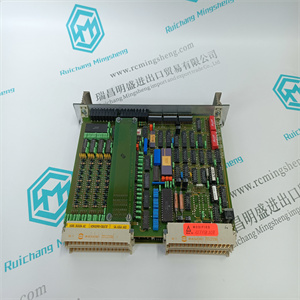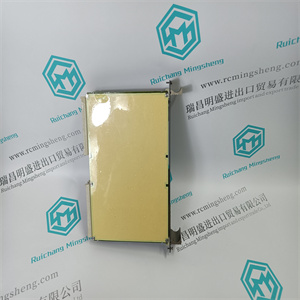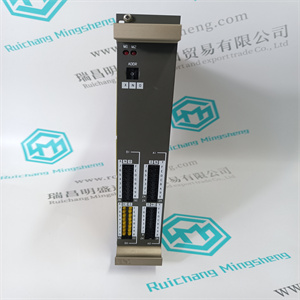产品展示
联系我们
联系人:麦女士
手机:+86 15270269218
电话:
Q Q:3136378118
邮箱:stodcdcs@gmail.com
地址:江西省九江市瑞昌市东益路23号赛湖农商城401号
2.2.2 Trip curves of thermomagnetic and magnetic only releases The overload protection function must not trip the circuit-breaker in 2 hours for current values which are lower than 1.05 times the set current, and must trip within 2 hours for current values which are lower than 1.3 times the set current. By “cold trip conditions” it is meant that the overload occurs when the circuitbreaker has not reached the normal working temperature (no current flows through the circuit-breaker before the anomalous condition occurs); on the contrary “hot trip conditions” refers to the circuit-breaker having reached the normal working temperature with the rated current flowing through, before the overload current occurs. For this reason “cold trip conditions” times are always greater than “hot trip conditions” times. The protection function against short-circuit is represented in the time-current curve by a vertical line, corresponding to the rated value of the trip threshold I3. In accordance with the Standard IEC 60947-2, the real value of this threshold is within the range 0.8·I3 and 1.2·I3. The trip time of this protection varies according to the electrical characteristics of the fault and the presence of other devices: it is not possible to represent the envelope of all the possible situations in a sufficiently clear way in this curve; therefore it is better to use a single straight line, parallel to the current axis. All the information relevant to this trip area and useful for the sizing and coordination of the plant are represented in the limitation curve and in the curves for the specific let-through energy of the circuit-breaker under short-circuit conditions. The following pages show some examples reporting the settings of thermomagnetic releases. To simplify the reading of these examples, the tolerance of the protection functions has not been considered. For a proper setting it is necessary to consider the tolerances referred to the type of thermomagnetic release used; for these information please refer to the technical catalogues.



2.2.2热磁脱扣器和纯磁脱扣器的脱扣曲线
过载保护功能不得在2小时内使断路器跳闸
对于低于设定电流1.05倍的电流值,必须
电流值低于设定值1.3倍时,2小时内跳闸
现在的
“冷跳闸条件”指断路器未达到正常工作温度(无电流流动)时发生过载
在异常情况发生之前通过断路器);上
相反的“热跳闸条件”指断路器已达到
额定电流通过时的正常工作温度
出现过载电流。因此,“冷态跳闸条件”时间始终为
大于“热行程条件”次数。
短路保护功能用时间电流表示
与跳闸阈值I3的额定值相对应的垂直线曲线。
根据标准IEC 60947-2,该阈值的实际值为
在0.8·I3和1.2·I3范围内。该保护装置的跳闸时间随时间而变化
故障的电气特性和其他设备的存在:
不可能在一个特定的环境中代表所有可能情况的范围
在这条曲线上有足够清晰的路径;因此,好使用一条直线
平行于当前轴的直线。
限制曲线和限制曲线中显示了与该跳闸区域相关的所有信息,以及对电厂规模和协调有用的信息
短路情况下断路器的特定通过能量
条件
以下页面显示了一些报告热磁释放设置的示例。
为了简化这些示例的阅读,未考虑保护功能的公差。
对于正确的设置,有必要考虑参考的公差
使用的热磁释放类型;有关这些信息,请参阅
技术目录。
相关产品













